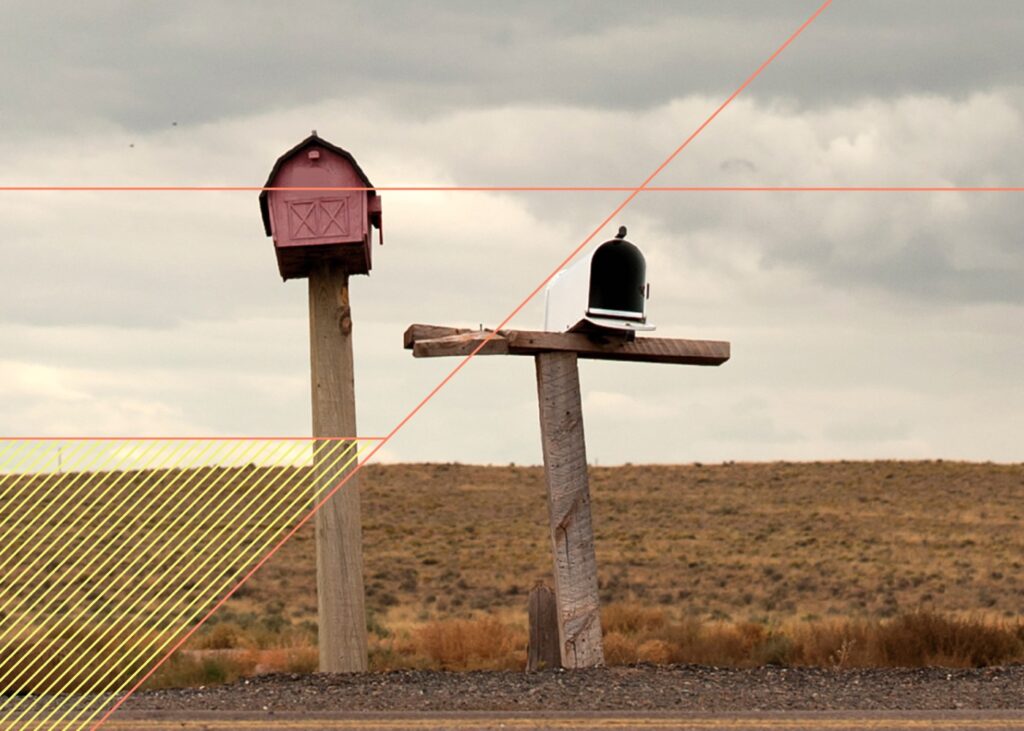The cartography of U.S. politics has hardened into cliché: islands of urban blue in a vast sea of rural red. In the recent midterm elections, however, rural working-class whites shifted their votes toward Democrats by seven points. (Rural people of color already largely vote Democratic.) To appreciate the magnitude of the shift, consider that Democrats picked up only two points among blue-collar suburbanites. Still, winning in rural districts will require the Democrats to make a fundamental strategic choice: Do you mobilize voters with a boldly progressive platform, or do you moderate the message in the hope of swinging some independents and Republicans?
From her vantage point in the Shenandoah Valley, historian Elizabeth Catte, our lead essayist, sees “a failure of imagination” in the way Democrats are approaching this strategic issue. Catte argues that a deep strain of rural radicalism is already working—with some notable successes—on environmental issues and the fight for a living wage. Moreover, she thinks mainstream, urban progressives have been on a fool’s errand to try to understand the mysteries of red-state “Trump Country.” “It would be far better,” Catte says, “for progressives to save their bubble-popping for moments such as this, when an opportunity emerges to better understand those closer on the political spectrum in those same spaces. The limbo we are trapped in compels white progressives to see themselves in a Trump voter rather than in a rural socialist or communist.”
Left Elsewhere grabs this opportunity by putting rural progressives in conversation with their urban cousins. The responses to Catte are varied and passionate. Taken together, they represent a compelling engagement with this important political challenge.
Other essays in the issue provide context for this engagement. In rural Ohio, we see an educator conflicted about being recruited by his district to carry a concealed gun at school. In Louisiana and Mississippi, Robin McDowell and Makani Themba share stories of contemporary organizing informed by the long history of black resistance in the South. In Tennessee and Kentucky, Lesly-Marie Buer shows how radical tools first developed by marginalized groups are proving most successful in combatting the opioid crisis. And in North Carolina, William Barber explains why “the South holds the key to transformation in this country.”
Left Elsewhere was prompted by an immediate political challenge. But it opens up a larger set of issues about how to rethink U.S. politics by linking rural and urban values and experiences. It starts a conversation that will, we hope, continue long past 2020.








